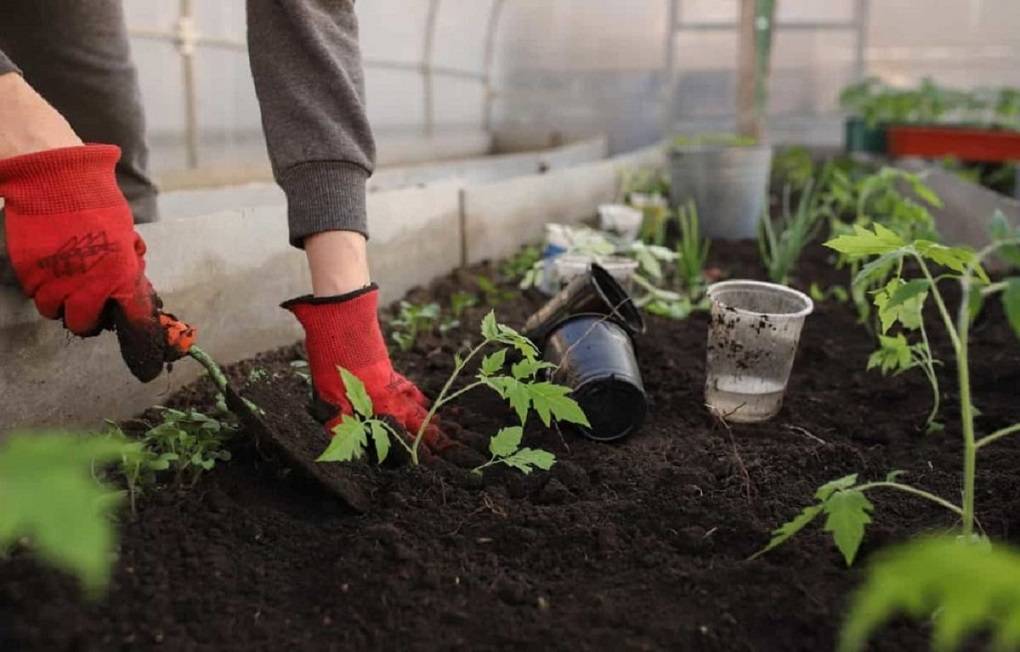
Fertilizing your soil is essential for healthy plant growth and a bountiful harvest. However, with so many fertilizers available, it can be challenging to determine which one to use and how much to apply. In this guide, we will provide you with a complete overview of how to fertilize your soil to promote healthy plant growth and maximize your harvest.
Why is Fertilizing Important?
Before we dive into how to fertilize your soil, it's essential to understand why fertilizing is crucial for healthy plant growth. Fertilizers provide plants with essential nutrients that they require to grow, such as nitrogen, phosphorus, and potassium. These nutrients help plants grow strong roots, produce healthy leaves, and increase flower and fruit production.
Without these essential nutrients, plants can become stunted, discolored, and produce a poor harvest. Additionally, plants require different levels of nutrients throughout their growth cycle, making it essential to fertilize at the right time to promote healthy growth.
Choosing the Right Fertilizer
Choosing the right fertilizer for your plants is crucial to promoting healthy growth. The three primary nutrients found in fertilizers are nitrogen (N), phosphorus (P), and potassium (K), and each nutrient plays a vital role in plant growth.
Nitrogen is essential for leaf and stems growth, phosphorus promotes strong roots, and potassium helps plants produce healthy flowers and fruit. When choosing a fertilizer, you will notice three numbers on the label, which represent the percentage of each nutrient contained in the fertilizer, known as the N-P-K ratio.
For example, a fertilizer with an N-P-K ratio of 10-10-10 contains 10% nitrogen, 10% phosphorus, and 10% potassium. It's essential to choose a fertilizer with the right N-P-K ratio for your plants, as too much of one nutrient can harm your plants' growth.
Fertilizer Types
There are two primary types of fertilizers: organic and inorganic. Organic fertilizers are made from natural materials, such as compost, manure, or bone meal, and provide a slow release of nutrients to the soil. Inorganic fertilizers are synthetic and provide a quick release of nutrients to the soil.
Organic fertilizers are typically more expensive than inorganic fertilizers but are considered a healthier option for your plants and the environment. Inorganic fertilizers are cheaper and more widely available, making them a popular choice for many gardeners.
Applying Fertilizer
Once you've chosen the right fertilizer for your plants, it's time to apply it to your soil. The first step is to determine how much fertilizer you need to apply. This will depend on the size of your garden and the nutrient requirements of your plants.
To determine how much fertilizer to apply, you can use a soil test kit to determine the nutrient levels in your soil. Alternatively, you can use a general rule of thumb, such as applying one pound of fertilizer for every 100 square feet of garden space.
When applying fertilizer, it's essential to follow the manufacturer's instructions carefully. Overfertilizing your soil can harm your plants and lead to nutrient runoff, which can pollute nearby water sources.
It's also important to apply fertilizer at the right time to promote healthy plant growth. Generally, it's best to apply fertilizer in the spring when plants are actively growing and again in the summer when plants are producing flowers and fruit.
Fertilizing Techniques
There are several techniques for applying fertilizer to your soil, including broadcasting, side-dressing, and foliar feeding.
Broadcasting involves scattering fertilizer evenly over the soil surface and then tilling it into the soil. This technique is suitable for large gardens and provides an even distribution of nutrients to the soil.
Side-dressing involves applying fertilizer directly to the base of your plants.
Compost
Composting is a natural way to fertilize your soil, as it provides organic matter, beneficial microorganisms, and nutrients. You can either make your own compost at home or buy it from a garden center. To make compost at home, you can use kitchen scraps, leaves, grass clippings, and other organic materials. It’s important to ensure the compost pile is moist and turned regularly to promote decomposition. Once the compost is ready, you can spread it on your soil and work it in to improve the soil’s fertility.
Mulch
Mulching is another way to improve soil fertility, as it helps to conserve moisture, suppress weed growth, and add organic matter to the soil as it decomposes. You can use a variety of materials for mulch, such as leaves, straw, grass clippings, and wood chips. It’s important to ensure the mulch layer is not too thick, as this can create a barrier that prevents water and air from reaching the soil.
Organic Fertilizers
Organic fertilizers are another option for fertilizing your soil. These fertilizers are made from natural sources, such as plant and animal waste, and provide a slow-release source of nutrients for your plants. Some examples of organic fertilizers include bone meal, blood meal, fish emulsion, and compost tea. It’s important to follow the manufacturer’s instructions when using organic fertilizers, as overuse can lead to nutrient imbalances in the soil.
Inorganic Fertilizers
Inorganic fertilizers are made from synthetic materials and provide a quick-release source of nutrients for your plants. These fertilizers are easy to use and readily available at garden centers, but they can also be harmful to the environment if not used properly. It’s important to follow the manufacturer’s instructions when using inorganic fertilizers and to avoid overuse.
Cover Crops
Cover crops are another way to improve soil fertility, as they help to suppress weeds, prevent erosion, and add organic matter to the soil. Cover crops are planted during fallow periods, and they can be tilled into the soil or left on the surface to decompose. Some examples of cover crops include clover, vetch, and rye.
Crop Rotation
Crop rotation is another way to improve soil fertility, as it helps to prevent nutrient depletion and disease buildup. Crop rotation involves planting different crops in different areas of the garden each year. For example, you might plant tomatoes in one area of the garden one year, and then plant beans in that same area the following year. This helps to prevent soil-borne diseases from building up in the soil, and it also helps to ensure that different nutrients are being replenished in the soil each year.
Soil Testing
Finally, it’s important to regularly test your soil to determine its nutrient levels and pH. You can purchase soil testing kits from garden centers or send a soil sample to a laboratory for analysis. Once you know the nutrient levels and pH of your soil, you can adjust your fertilization program accordingly.
In conclusion, fertilizing your soil is an important part of gardening. By using a combination of these methods, you can improve your soil’s fertility and promote healthy plant growth. It’s important to remember that fertilizing too much can be harmful to the environment, so it’s important to follow the manufacturer’s instructions and to test your soil regularly. Happy gardening!










